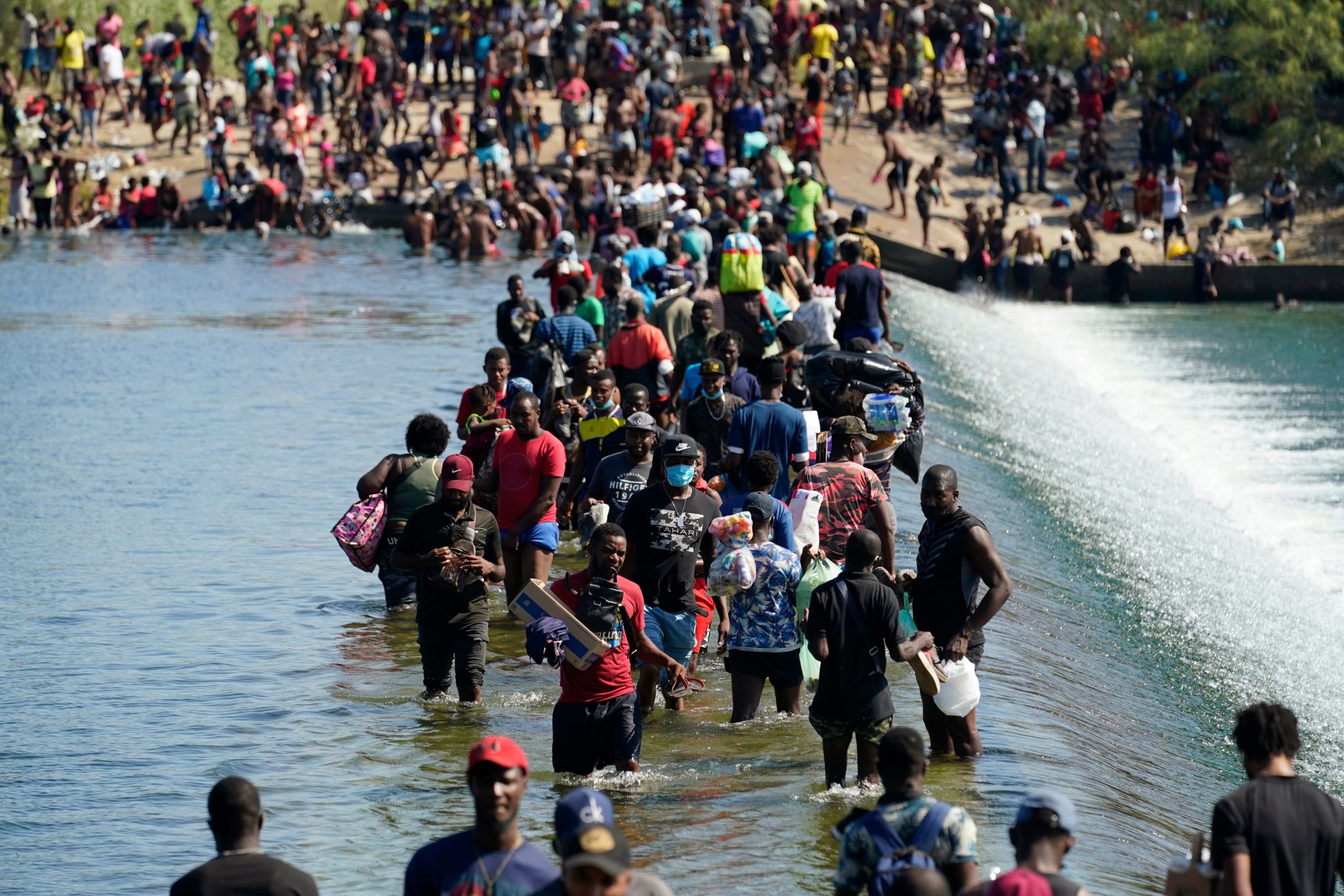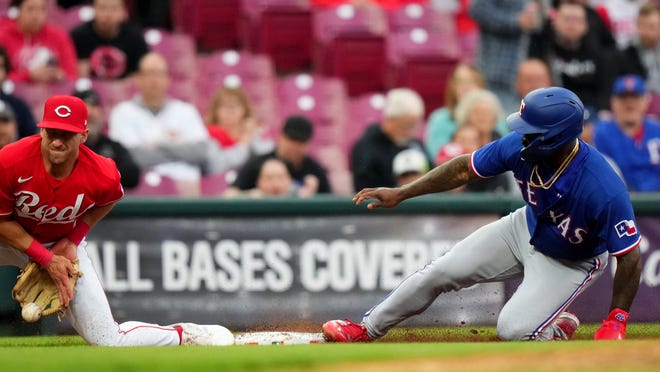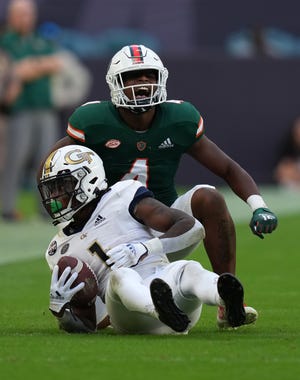

Video and photographs of Haitian migrants pursued by Customs and Border Protection agents on horseback at the U.S.-Mexico border Sunday drew outrage and prompted calls for investigations, even as some questioned why the agents were mounted at all.
Rep. Alexandria Ocasio-Cortez, D-N.Y., called agents' actions a "stain on our country" Monday, while Rep. Ilhan Omar, D-Minn., said it was "cruel, inhumane, and a violation of domestic and international law."
The pictures showed mounted border patrol agents waving reins in the air and charging migrants as they carried scant belongings across the Rio Grande in Del Rio, Texas.
Texas Gov. Greg Abbott, a Republican, blamed the incident on the Biden administration Tuesday.
"Because the Biden administration is doing nothing to secure our border, it has been the state of Texas that has had to step up and address this challenge," Abbott said during a visit to Del Rio.
Abbott called on the Biden administration to make a federal emergency declaration for the state of Texas because of the situation at the border.
More:Criticized from all sides, Biden scrambles to address surge of Haitian migrants at southern border
Why does CBP use agents on horseback? And are they allowed to use force? Here's a history.
Mounted agents predate CBP
"Mounted Guards," or inspectors who patrolled the southern border of the U.S.on horseback, were employed under the now-defunct U.S. Immigration Service as early as 1904.
The guards operated out of El Paso, Texas, but patrolled as far west as California, on the lookout for Chinese immigrants and others trying to illegally cross the border.
Horses remain key part of patrol
The U.S. Border Patrol was established after Congress passed the Labor Appropriation Act of 1924. Its mission was to secure the borders between inspection stations and patrol the seacoast.
Horses were more valuable to the agents than uniforms – which would come four years later. New recruits furnished their own horse and saddle, while the government supplied oats and hay for the animals.
The Border Patrol began using motorized vehicles equipped with radios in 1935, but to this day, mounted agents traverse terrain inaccessible to other means of transit.
Gil Kerlikowske, the former commissioner of U.S. Customs and Border Protection under President Barack Obama, pointed to difficult agriculture in Texas, specifically carrizo cane, which grows six to ten feet high, near the Rio Grande as one reason border agents on horseback are helpful. But he said he doesn’t think they should have been used in “wider open spaces where you have literally thousands of people.”
Excessive force 'strictly prohibited'
The use of excessive force is strictly prohibited under CBP policy, according to agency guidance released in January.
Authorized CBP agents may use "objectively reasonable" force only when it is necessary to carry out their law enforcement duties."
"Reasonableness" of force is determined by circumstances surrounding the officer "rather than with the 20/20 vision of hindsight."
And though physical force should be discontinued once the incident is under control, according to the policy, agents do not have a duty to retreat "nor are they required to wait for an attack before using reasonable force to stop a threat."
According to Kerlikowske, border patrol agents being mounted on horseback is not unprecedented but “it's unprecedented where you're bringing them into the crowd.”
Retired Border Patrol deputy sector chief Jeff Self told The Arizona Republic that Horse Patrol agents may have been trying to keep migrants from getting too close to the horses.
"The critical piece of this if somebody gets close enough to control the horse's head by grabbing the reins or the harness on the horse's head, he now has control of the horse, and that can lead to serious injury or death to the agent or to the migrant," said Self, who watched the footage from the Rio Grande encounter. "Everything I see on this is appropriate."
Contributing: Daniel Gonzalez, Martha Pskowski, Mabinty Quarshie








